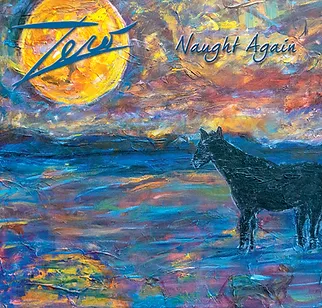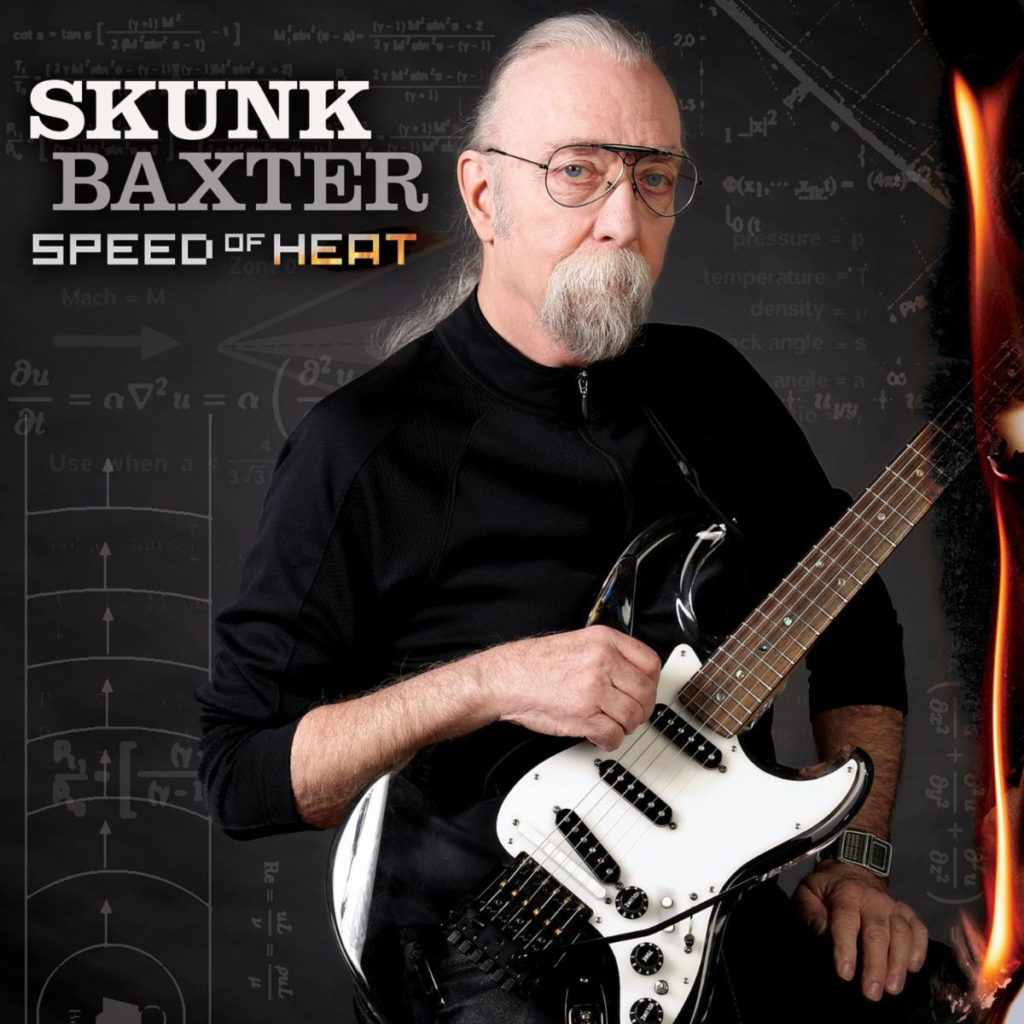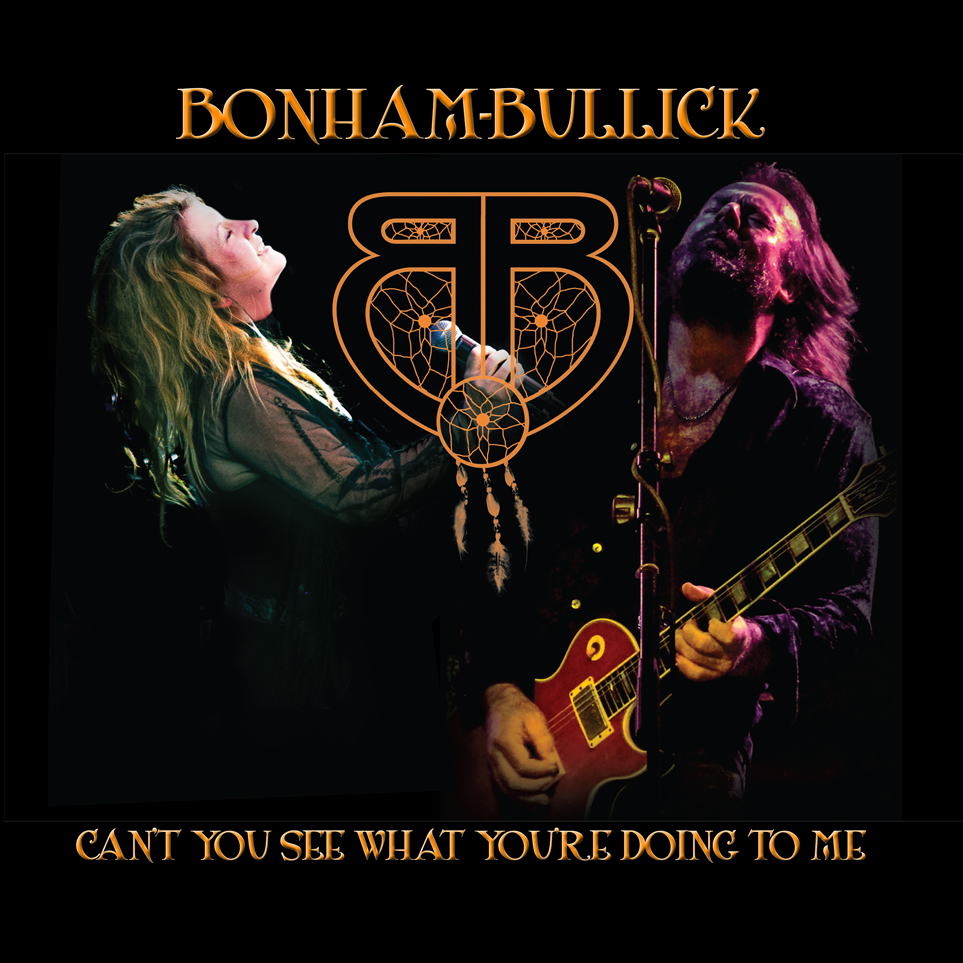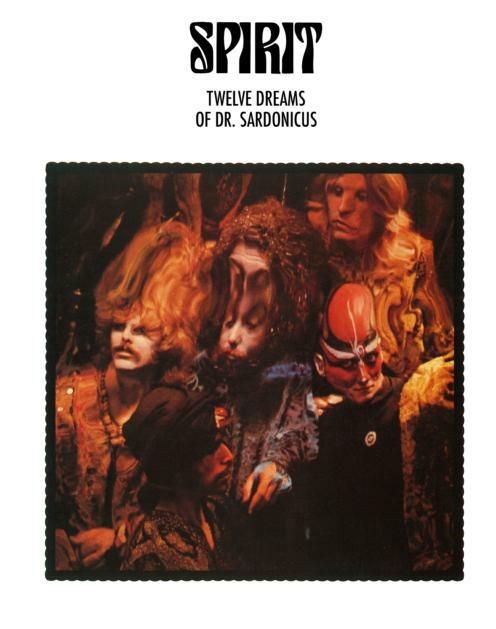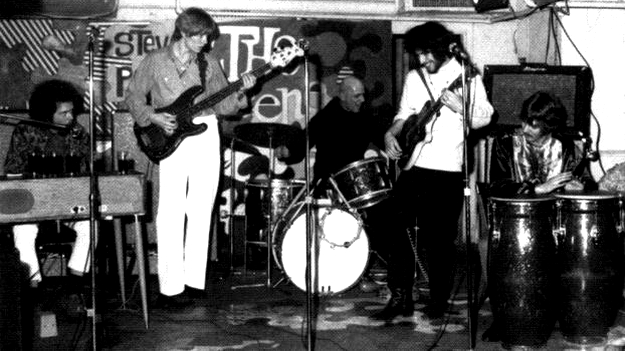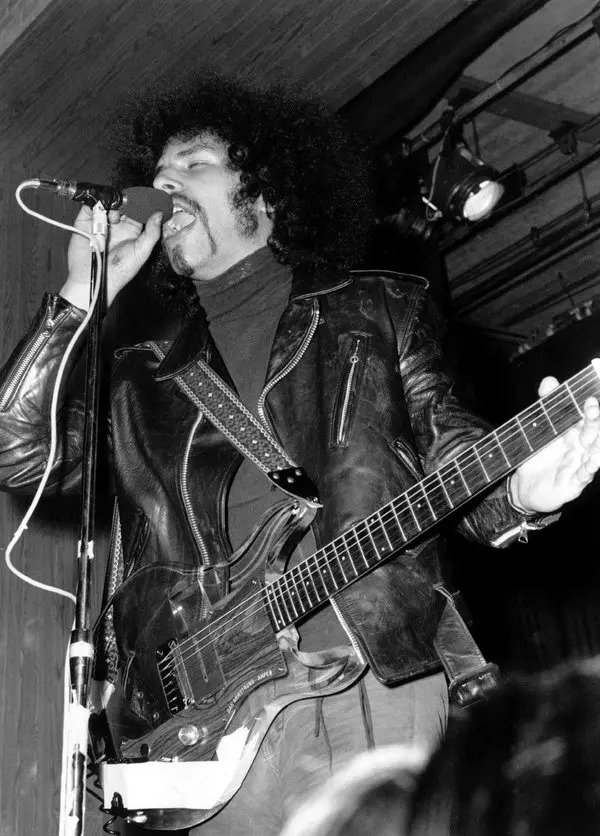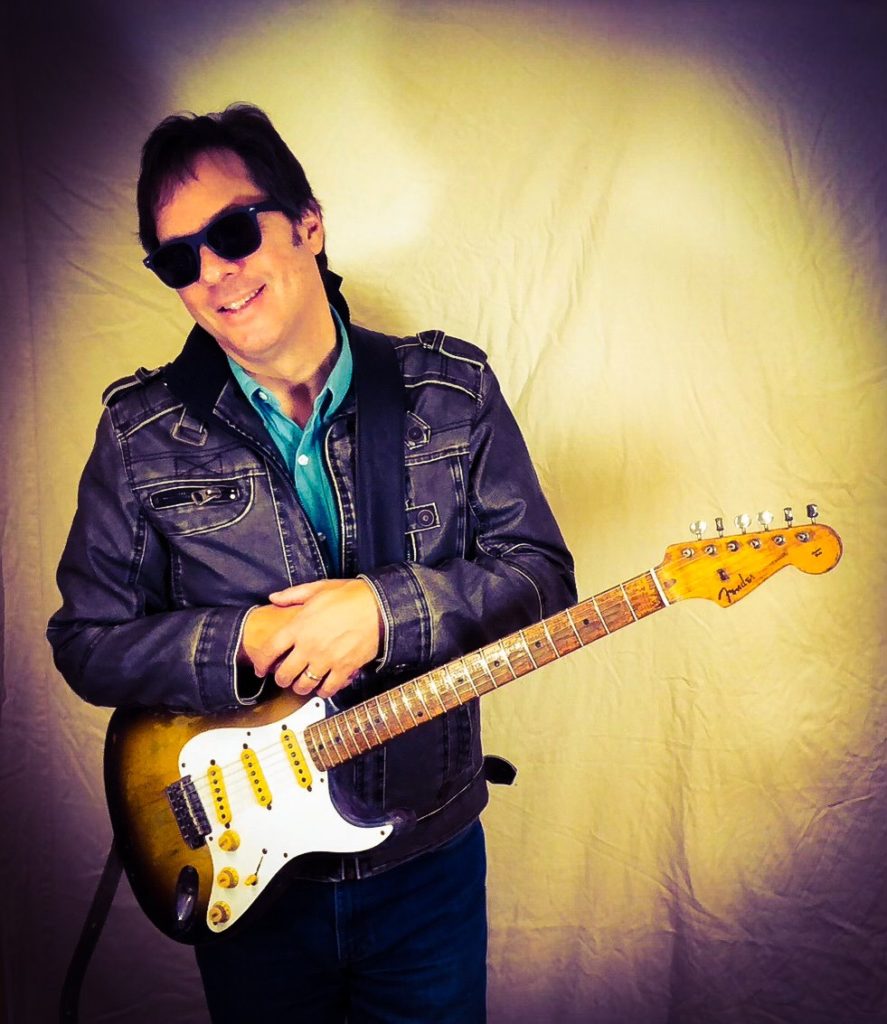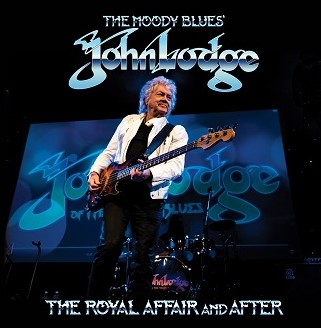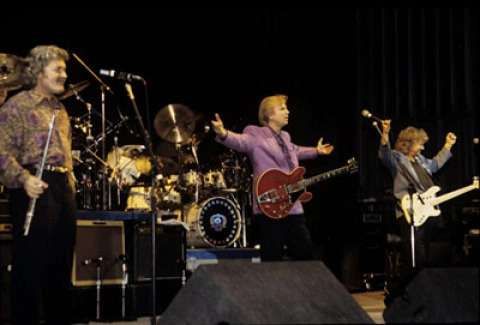Even when he was alive, bluesman J.B. Lenoir was highly regarded, but sadly all but unknown. More than a half century after his untimely passing, Lenoir hardly registers a blip on the radar, at least until guitarists Henry Kaiser and Rome Yamilov took up his cause.

The duo, backed by some crack studio players, have done Lenoir’s legacy proud with their just-released The Lenoir Investigation (Little Village).
The story of this interesting recording was recounted on the May 28 edition of Greasy Tracks which featured interviews with Kaiser and Yamilov as well as the new album and music from across the short career of Lenoir.
Check out the archive by clicking here, while a playlist is here.
Lenoir did the bulk of his recording in Chicago, where he moved in 1949 after a short stint in New Orleans where he started working after leaving his birth place, Mississippi.
Unlike his contemporaries, Lenoir took a keen focus on the Korean War and civil rights when it came to his songwriting. Lenoir passed away in 1967 at the age of 38.
Veteran guitarist/producer Kaiser and Yamilov, a relative new-comer on the scene, were commissioned by The Little Village Foundation to do the album and part of their preparation was an in-depth study of Lenior’s music.
The pair would go on to record 11 tracks, all but one — an interesting version of Bo Diddley’s “Rollarcoaster — are Lenior originals.
Instead of taking a straight blues approach to recreating Lenior’s work, Kaiser and Yamilov opted for an anything-goes attitude.
Kaiser has long been recognized as a master at coaxing cool sounds out of guitars so there are some incredible explorations on offer from the album. Yamilov, an admitted fan of the style of late Funkedelic guitarist Eddie Hazel, paid tribute to Hazel while paying tribute to Lenoir on one track, while another was a direct nod to late-period Meters, according to Kaiser who stoked the creative directions that include influences ranging from ska to North Africa and South America.

